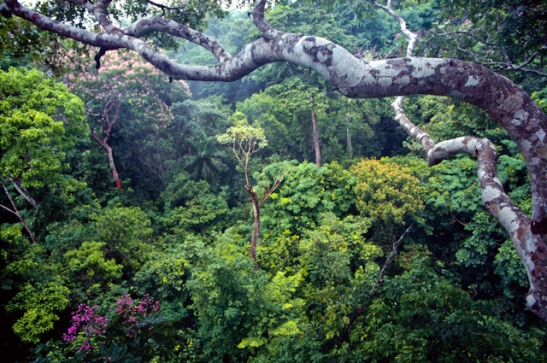
Nitrogen is colorless, odorless and tasteless, but all life on earth depends on it. Without it, our bodies cannot synthesize the nucleic acids that make up our DNA, or the protein-forming amino acids that are the very building blocks of our cells. Problematically, atmospheric nitrogen is relatively inert or nonreactive. This has created a unique biological dependency on a process called nitrogen fixation—where inert nitrogen from the atmosphere is converted into more reactive ammonia, a major component of soil fertilizers. A recent discovery has revealed just how reliant recovering forests are on nitrogen fixation, and how some forests can even manipulate it to speed up their abilities to ‘heal’ themselves. Many tropical forests today have been, exploited for agriculture, mining, fossil fuel exploitation, and other human use.
Read more at Mongabay.com
